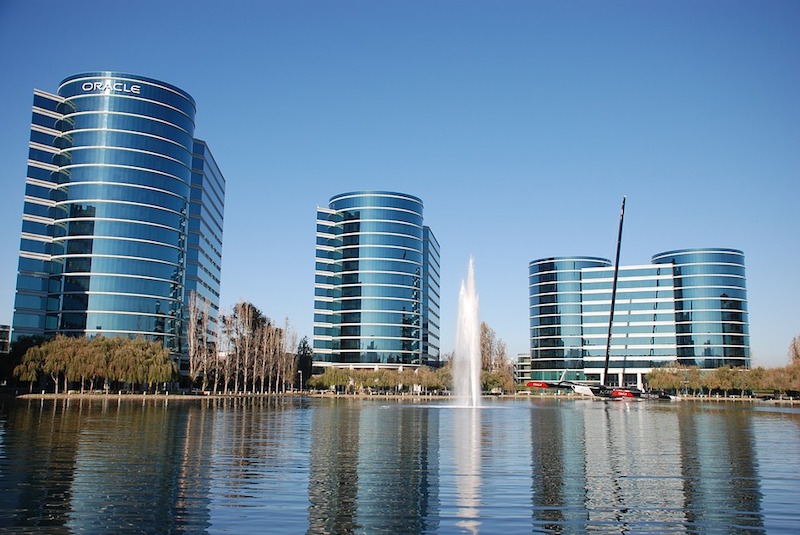‘For the people who were mentioning the fear from Silicon Valley. I am Silicon Valley. Get over the fear. Silicon Valley has already stepped into construction, and I am part of it.’
AEC technophile Rohit Arora—who joined the design-build startup Katerra in April as a Product Excellence engineer—put his thoughts on AEC tech innovation quite bluntly at BD+C’s Accelerate Live! conference this past May. But it needed to be said.
Talk after talk at the event referenced the AEC market’s ongoing angst about a tech-industry takeover of AEC, with traditional companies getting squeezed out by hotshot VC-backed startups and enterprising design and construction firms. Arora’s advice for the traditionalists: “Embrace technology. Do not fear. You can shape it.”
I don’t need to tell you about the profound impacts that technological advancements are having on architecture, engineering, and construction. However, I suggest that the pace of innovation and the rate of tech adoption by AEC firms have taken on a Moore’s law-like stride.
This past April, while attending an industry event targeted at GCs and subcontractors, I sat in on a two-hour breakout session focused solely on disruptive construction technologies (yes, 120 minutes!). The speaker, a well-known AEC technology expert, flipped through slide after slide—well more than 60 slides in all—each with a specific technology tool or application, and how construction firms are utilizing the innovation. Labor tracking, BIM/VDC optimization, multi-user VR coordination, indoor drones, rules-based clash detection, exoskeletons, smart tools, 360 cameras for creating detailed 3D models, and AI for everything from construction scheduling to language translation on the jobsite. The applications went on and on, and that talk was just for construction companies. The speaker could easily put together a two-hour talk on emerging tech for architects. And one for engineers. And one for building owners and facilities professionals.
And based on the amount of venture capital funding that is flooding into the commercial construction field, two hours may no longer be enough to cover emerging technologies. JLL, in a new report, found that VC firms invested a record $1.05 billion in construction technology startup companies during the first half of 2018. That is nearly 30% more VC funding than during the same period in 2017, and it adds to the more than $3 billion in funding since 2009, across 478 construction technology deals.
In my nearly two decades covering commercial construction, there has never been a more compelling time to report on this $500 billion industry. On one hand, it’s exhilarating to see the incredible opportunities that lie ahead for enterprising firms. On the other hand, I empathize with firms that are struggling to keep up.
Related Stories
| Aug 11, 2010
AGC: Construction unemployment reaches 19.2%
Unemployment in the construction sector climbed to a “horrendous” 19.2 percent (not-seasonally adjusted) as an additional 59,000 construction workers lost their jobs in May according to new federal data, said construction economist Ken Simonson today.
| Aug 11, 2010
Who are the top urban thinkers?
Planetizen is creating a list of the most important people who have shaped urban places, and we want to know what you think.
| Aug 11, 2010
Gensler, HOK, HDR among the nation's leading reconstruction design firms, according to BD+C's Giants 300 report
A ranking of the Top 100 Reconstruction Design Firms based on Building Design+Construction's 2009 Giants 300 survey. For more Giants 300 rankings, visit http://www.BDCnetwork.com/Giants
| Aug 11, 2010
Gensler, Arup, HOK among the largest office sector design firms
A ranking of the Top 100 Office Design firms based on Building Design+Construction's 2009 Giants 300 survey. For more Giants 300 rankings, visit http://www.BDCnetwork.com/Giants
| Aug 11, 2010
Callison strengthens retail design presence with RYA acquisition
Callison LLC on June 1 acquired RYA Design Consultancy, a Dallas-based retail architecture and design firm with offices in New York City. The new “Callison RYA Studio” will merge staff and clients into Callison ’s existing retail practice at their Dallas and New York offices.
| Aug 11, 2010
RSMeans/RCD forecast 14% drop in hospital construction for 2009
RSMeans forecasts a 14% drop in hospital construction in 2009 compared to 2008, with $17.1 billion in registered hospital projects as of June 30, 2009. The Reed Construction Data unit finds renovation of healthcare facilities increasing, from 36% of projects in 2008, to 40% of projects in the pipeline in the first six months of 2009.
| Aug 11, 2010
Suffolk Construction-Marcobay Construction form partnership to target Southeast projects
Two construction leaders, Suffolk Construction and Marcobay Construction, have joined forces to win multiple high profile projects in the Southeast.
| Aug 11, 2010
Prism-shaped design unveiled for five-star hotel in Saudi Arabia
Goettsch Partners has been commissioned by Saudi Oger Ltd. to design a new five-star, 214-key business hotel in the King Abdullah Financial District in Riyadh, Saudi Arabia. As a design-build assignment, Saudi Oger is serving as the contractor, selected by developer Rayadah Investment Company. The project is sited on Parcel 1.08, one of the first 10 parcels currently under development in the massive new master-planned district.
| Aug 11, 2010
Data center construction costs are down, according to a study by Environmental Systems Design
The current economic crisis has an up-side for owners of mission-critical facilities: On average, it costs less today to construct a new data center than it did in late 2007, according to a study by Environmental Systems Design (ESD). ESD found that the prices of feeder and cable have dropped by more than half, major data center equipment by 12%, labor and materials by 19.6%, and shipping and handling by 15% from the fourth quarter of 2007 to July 15, 2009.







